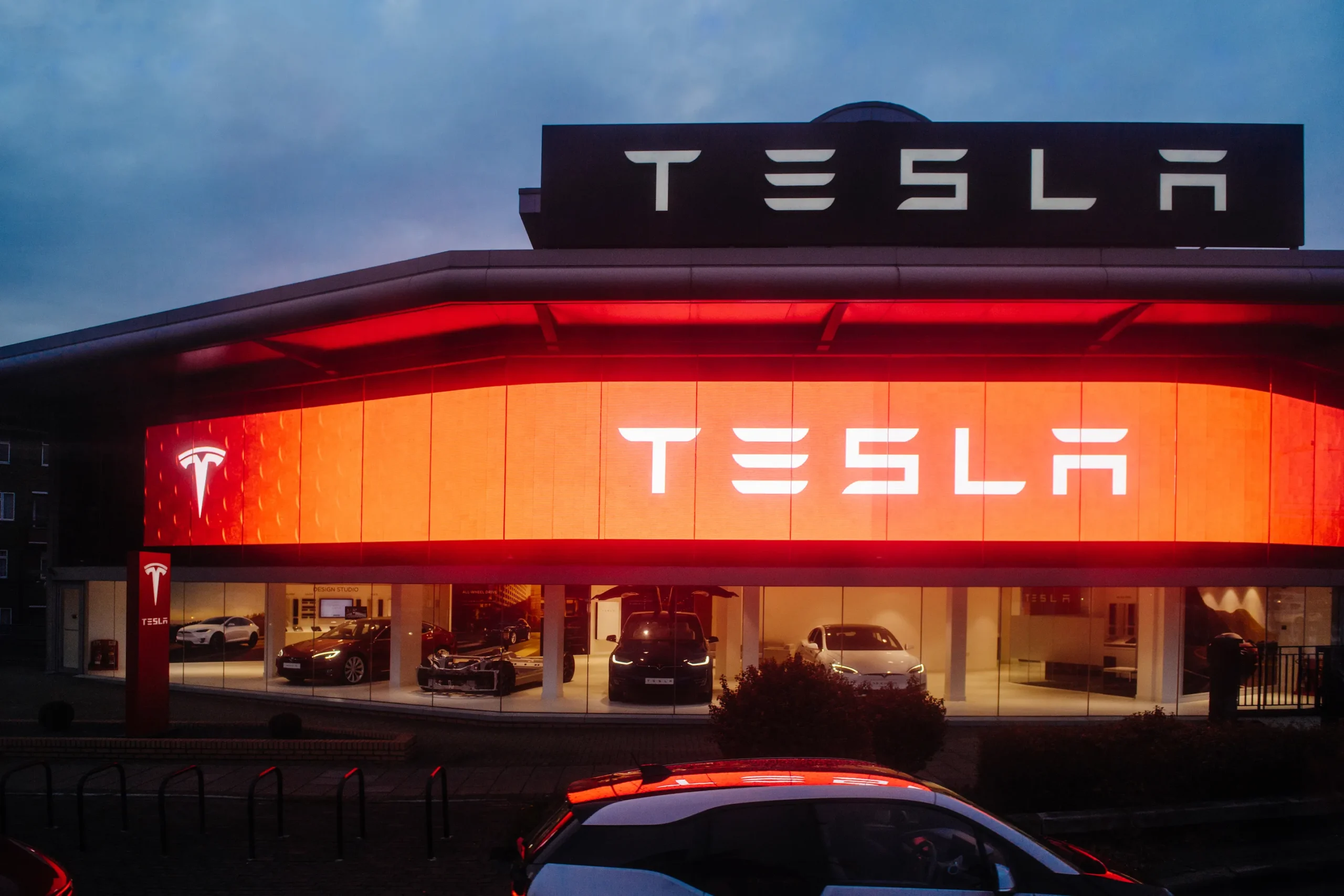
- Stocks
Tesla’s margins likely fell in the Q2
Do you want to know how to make money from this?
Register for free and get expert advice, access to a training course and webinars.
Key points:
- In the second quarter of 2024, Tesla expects profit to decline to its lowest level in more than five years.
- Analysts forecast that profitability will bottom out towards the end of 2024 before starting to rise in 2025.
- Elon Musk will focus on Tesla’s development plans in the field of driverless taxis and AI-based products.
Tesla is expected to report second-quarter profit on Tuesday to its lowest in more than five years. As predicted, the company’s CEO Elon Musk will focus in his speech on plans for the development of robotaxis and products based on artificial intelligence.
Tesla’s profitability decline over the past two years has been driven by discounts aimed at reducing inventories, price cuts and incentives such as more affordable financing options designed to support electric vehicle sales. At the same time, demand for the company’s products is falling, as customers are losing interest in its outdated model range.
Tesla staff reduction and focus on driverless technologies
In April, Tesla sent out an internal memo announcing it would cut 10% of its global workforce.
At the upcoming meeting with investors, special attention will be paid to Tesla’s plans in the field of driverless technology. Investors are hoping the developments will allow the company to once again outperform its peers and recapture the stock rally that led to record performance in 2021.
Previously, Elon Musk announced the presentation of Tesla robotaxis on August 8th. However, last week he said that due to the need for design adjustments, the launch would be delayed until October.
Despite these challenges, Wall Street analysts forecast that Tesla’s gross profit on vehicle sales excluding regulatory credits will remain at a relatively high level of 16.27% in the second quarter of 2024.
This, however, will be the lowest figure since the first quarter of 2019.
Are the company’s expenses justified?
Analysts believe Tesla’s profitability will bottom out by the end of 2024 before starting to rise in 2025. This is because the costs associated with ramping up Cybertruck production will gradually come down.
Some investors believe Tesla has a significant advantage over rivals in the U.S. self-driving taxi space.
- First, the company has a fleet of millions of vehicles on the road that can be converted into robotaxis relatively easily with a software update.
- Secondly, Tesla has virtually no direct competitors in this area in the American market.
However, as with electric vehicles, Tesla could face stiffer competition in China from BYD, the country’s largest electric vehicle maker, as well as from other companies that have already introduced driver assistance systems.
The development of self-driving cars poses a number of technical and regulatory challenges that companies such as General Motors Cruise have already faced. In addition, the introduction of robotaxis could create new difficulties for Elon Musk, who recently expressed support for Donald Trump in the US presidential election.
It’s worth noting that in April, Tesla announced a strategic change in the development of its cars. Instead of creating an entirely new model, the company plans to introduce updated products by early 2025, using existing vehicle platforms and production lines.
Do you want to know
How to make money from the news
Register for free and get:
- Expert consultation;
- Access to the training course;
- Opportunity to participate in webinars

